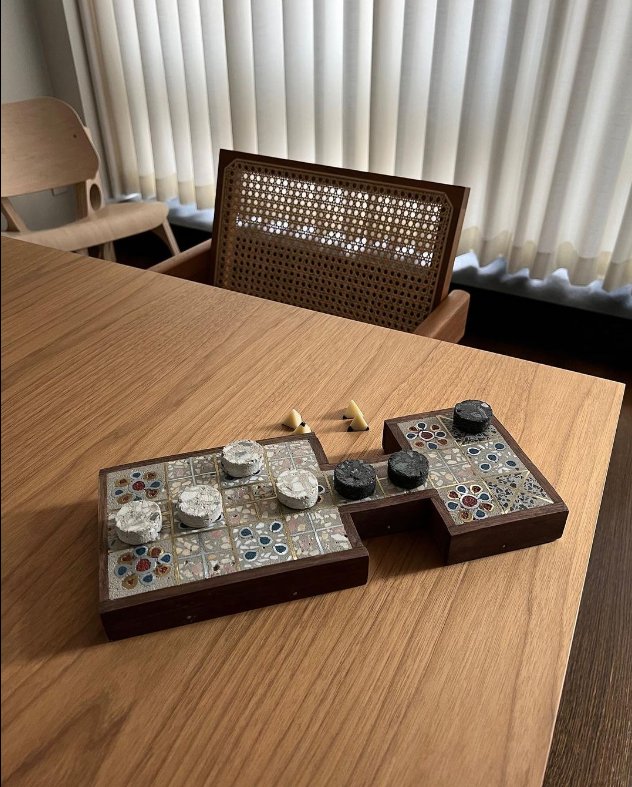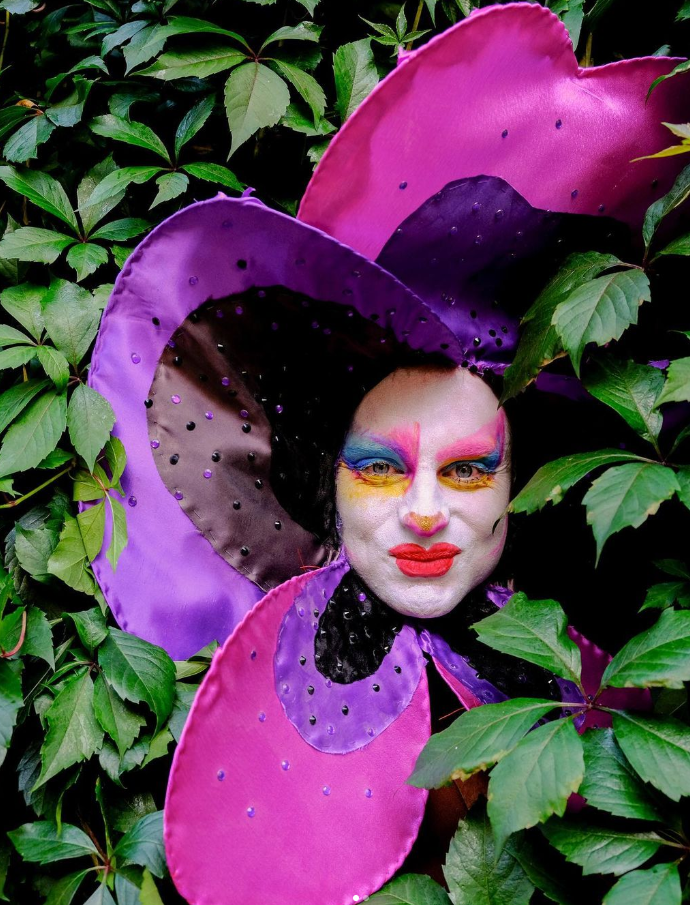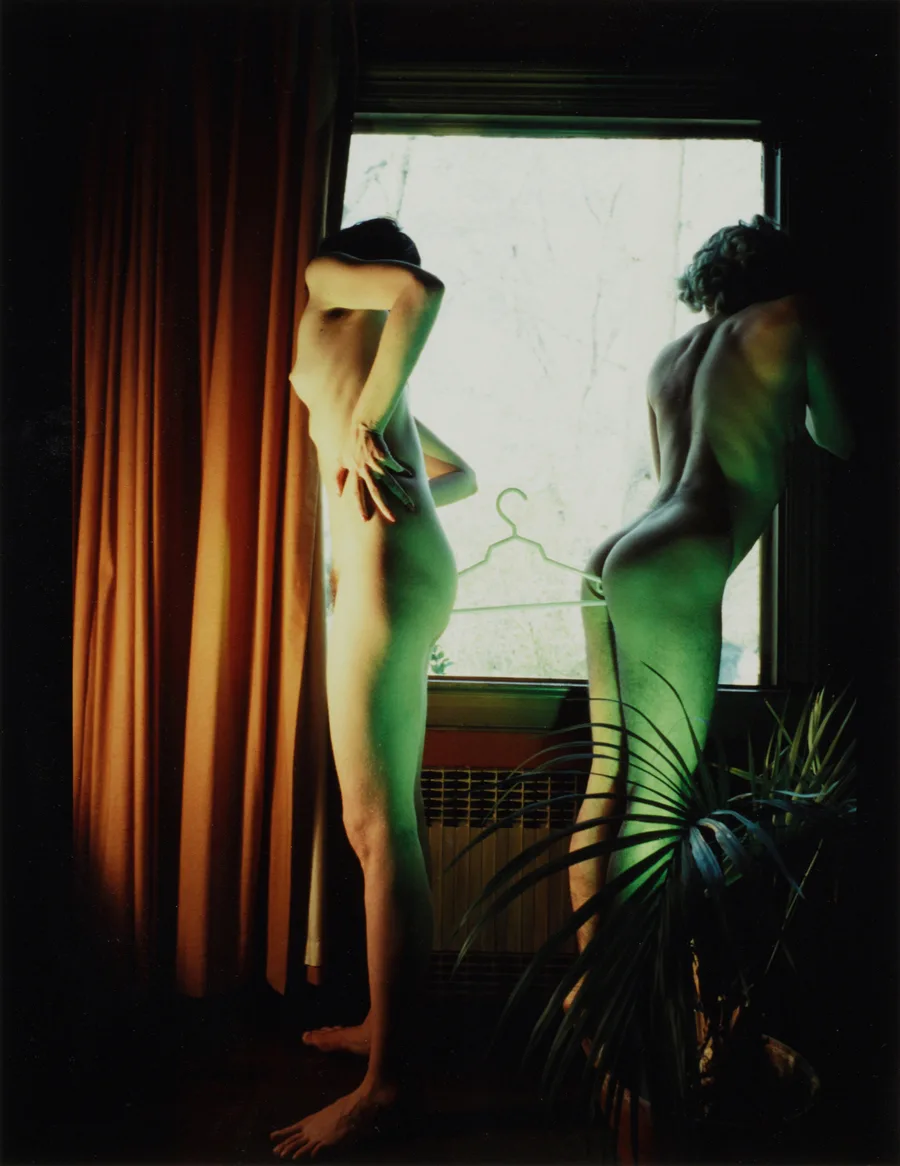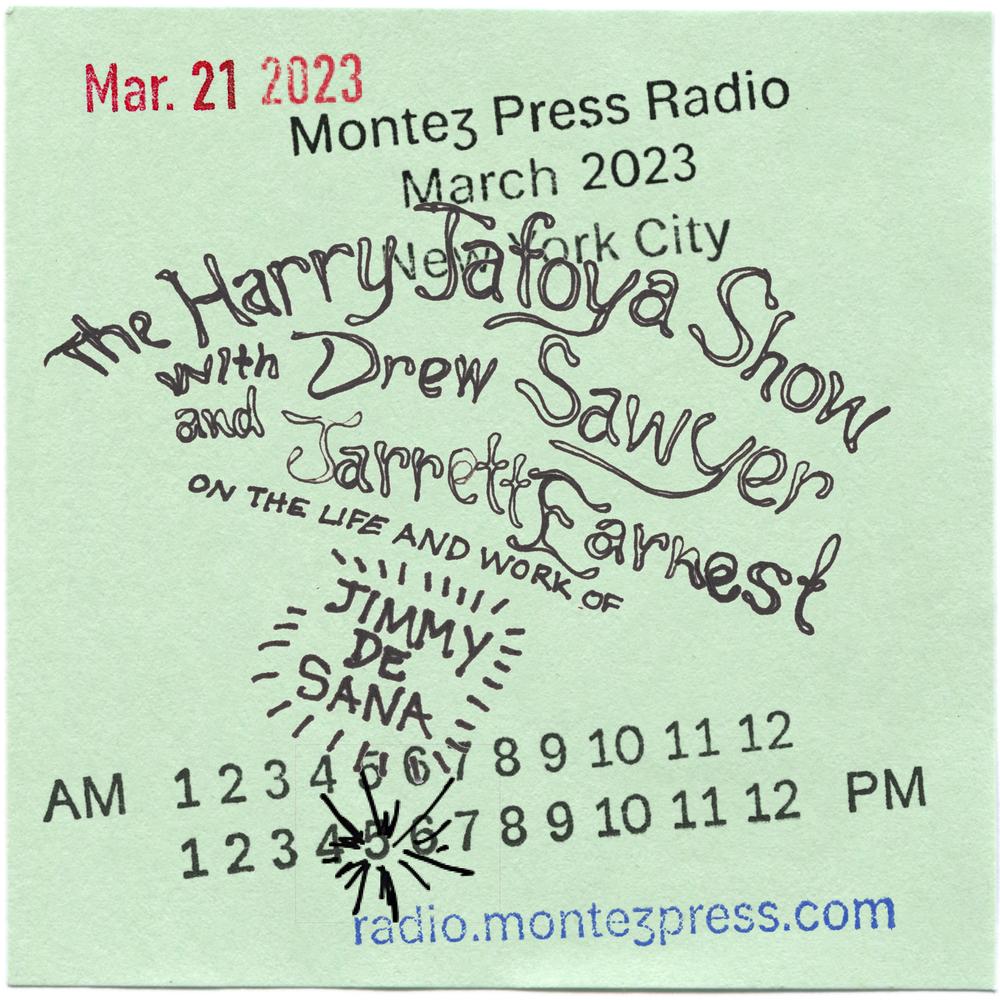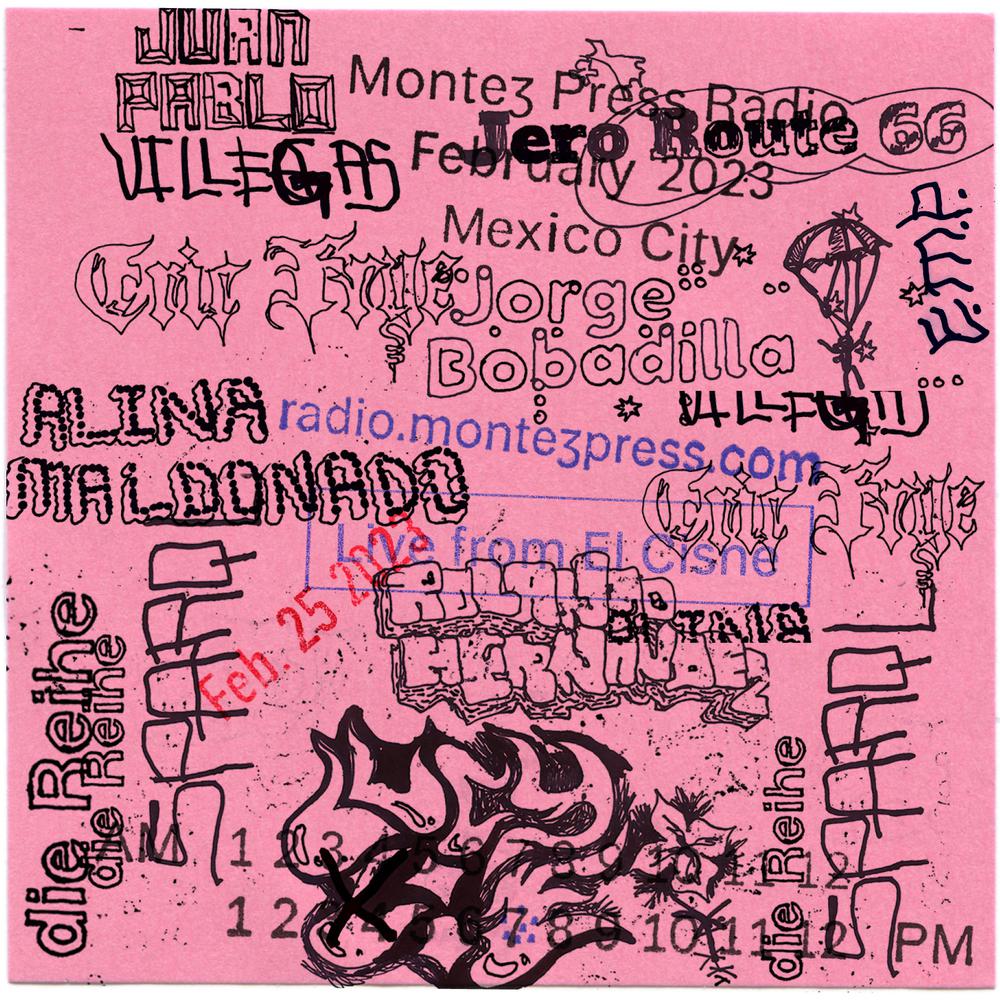Wednesday, April 12, 2023 by DJ Uncertain #performance #poetry
MOON_Gehenna’s Fire
As do prayers to a god
Not from faith but desire
I color these words
With vulgar sacrament
In my devotion to you
신에게 기도하는 대부분이 그러하듯
신앙에서 나온 것이 아닌
욕망에서 시작된 상스러운 기도문에
성스러운 음색을 담아 당신께 보냅니다
Go on and reap me, don’t you
거두어 가지 않으시나요, 저를
Born in the birthplace of sin
And here at its furthest reach
죄가 시작된 곳에서 태어나
죄의 끝이 닿아있는 이곳에서
While the season which began with ending my own
Goes on streaming
스스로 끊어낸 생의 계절이 계속 흘러가는데
Lamentation sinks into travesty
Like smoke trapped in glass flourishes
In this moment
As I turn only to you
허망하게 내려앉은 비탄의 울음만이
유리 속에 갇혀 버린 연기처럼 흐드러지는 지금
당신만을 바라봅니다
For what sin or matter
Do I try for death as I live on
In the fetters of contradictions
In search of you if you ask
무슨 죄로 무슨 일로
죽으려 하면서도 살아가는 모순의 굴레에 갇혀
당신을 찾느냐고 물으신다면
No answer can be given
아무런 대답도 하지 못합니다
Poor days
Unfinished and
Rested on is yesterday falling
As today I wait on wordlessness
And tomorrow that won’t be met
가렶은 시절
끝내지 못한 바람에
기대어 쓰러지는 어제와
무언을 기다리는 오늘
그리고 마주치지 않을 내일
Do they tremor because the sun hasn’t risen
Do they tremor because the moon hasn’t risen
태양이 뜨지 않아 흔들리는 것인지
달이 뜨지 않아 흔들리는 것인지
Between stomping and darkness
I dance hanged by the neck
And ask you
밟음과 어둠 그 사이에서
목을 매고 춤을 추며
당신께 묻습니다
For I’m childless
If I instead burn my soul in Gehenna
Do I get what I want
나는 아이가 없으니
대신 영혼을 게헨나에서 불태우면
원하는 것을 얻을 수 있나요
Could life be on my terms
내가 원하는 삶을 살 수 있나요
I will forsake/betray my god
And come to you
내가 모시던 신을 버리고
당신께 가겠습니다
For it is already bent and raveled here
Where I can neither live nor die with an innocent mind
이미 어긋나 뒤엉켜버린 이곳에서
순수한 마음을 지키며 살지도 죽지도 못하기에
As in to go extinct for the end never arrived
종말 하지 않아 멸종되는 것처럼
---------
Listen ➚here to the whole poetry reading, from under votive statue of the Gangnam Style Hands at The Gangnam Mall, organized by ➚Fuckery Poetry Group ➚-->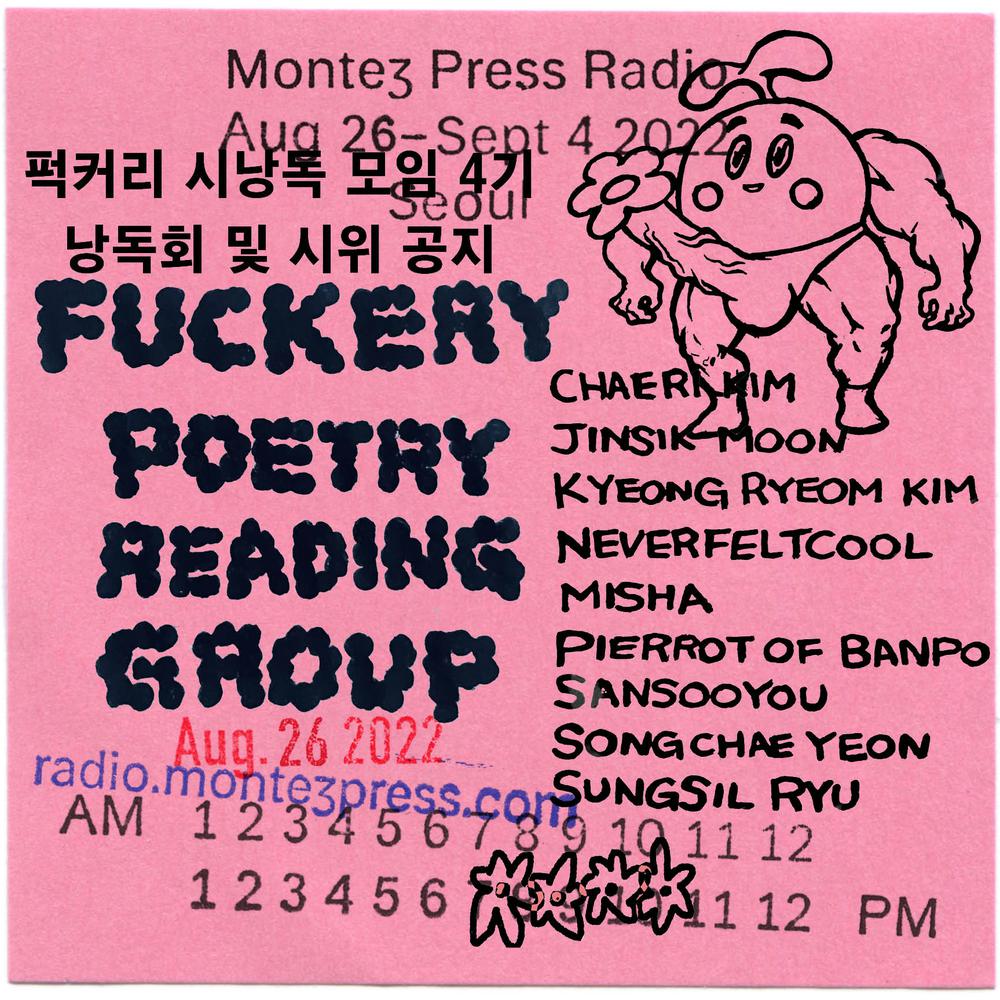
Wednesday, April 12, 2023 by DJ Uncertain #art
Ficus Interfaith: The Royal Game of Ur
Games are sculpted experiences of practicality. What’s interesting about games is that if they are sculpted practicality, ➚then the beauty emerges in the practical action. So when you play a game, it’s not the game that’s beautiful, it’s YOU that’s beautiful!
Listen to ➚Ficus Interfaith reading about The Royal Game of Ur, the ➚oldest gameboard we know of (but don't entirely know the rules of). You hear them playing few rounds on the terrazo gameboard they made too. And then go see their ➚show up now at Deli Gallery
Segment ➚here and transcript here -->
Wednesday, April 12, 2023 by DJ Uncertain #performance
Nicky Harris Dive Lounge
We're rethinking standards of all kinds with Nicky Harris' new regular show 'Dive Lounge'. Listen to the ➚first episode with Bianca Wilson aka Island Girl playing and talking about diasporic folk tunes like ➚When I Was in My Prime and an Appalachian standard about hens laying eggs for railroad men (sometimes one sometimes ten). And then On May 18th, 'Dive Lounge' is ➚LIVE at Ormside Projects with Isabel Muñoz-Newsome, Cassandra, and special guests covering the classic lounge standard inspired by Lady Gaga's 'Poker Face' cover . For the Anglo-illiterate, the project is, of course, a play on BBC's ‘Live Lounge’ format but gayer and an altogether more fun in homage to South East London's queer cabarets. Get your tickets and deets ➚here.
Wednesday, April 5, 2023 by DJ Uncertain #music
opus iv
Tuesday, April 4, 2023 by DJ Uncertain
Jimmy DeSana: Submission
The most recent episode of The Harry Tafoya Show is with ➚Drew Sawyer, curator of ➚Jimmy DeSana: Submission, currently on view at the Brooklyn Museum, and writer/curator ➚Jerret Earnest. They talk about coming to DeSana's work through kink, ➚Ray Johnson, ➚Genesis Breyer P-Orridge, and what we can learn from these artists lives today as New York reconfigures our relationships around commerce, scarcity, and competition.
Drew also wrote ➚a book of the same title with this in it's desciption:
DeSana’s first major project was 101 Nudes, made in Atlanta during the city’s gay liberation movement. After moving to New York in 1973, DeSana became immersed in queer networks, collaborating with General Idea and ➚Ray Johnson on zines and mail art, and documenting the genderqueer street performances of Stephen Varble.
By the mid-1970s, DeSana was a fixture in New York’s ➚No Wave music and film scenes, serving as portraitist for much of the period’s central figures and producing album covers for Talking Heads, James Chance and others. His book Submission, made with William S. Burroughs, humorously staged scenes out of a S&M manual that explored the body as object and the performance of desire. DeSana was also an early adopter of color photography, creating his best-known series, Suburban, in the late 1970s and early 1980s. This body of work explores relationships between gender, sexuality and consumer capitalism in often humorous, surreal ways. After DeSana became sick as a result of contracting HIV, he turned to abstraction, using experimental photographic techniques to continue to push against photographic norms."
Tuesday, April 4, 2023 by DJ Uncertain #art
Does the fact that I like babies and animals but have a hard time being empathetic towards my friends make me a sociopath?
Tuesday, April 4, 2023 by DJ Uncertain
Empathy and Texture
Former MPR contributors ➚➚Sam Korman and ➚➚Ted Barrow (joined by coolest skater of all time, ➚➚Jerry Hsu, Lurker Lou, and Akwasi Owusu) discuss why "skateboarding is not a art" but what the two worlds might learn from one another. Among art works discussed: Dan Graham's ➚➚Skateboard Pavilion, 1989 which reinserts dirty kids into a sterile city center of Stuttgart, Mierle Landerman Ukles' ➚➚sanitation work reconsidering what city maintenance and care work can look like, Ashley Bickerton on expression beyond the branded environment (these are two industries in the business of constructing and selling identities after all), ➚➚AK Burns' & AL Steiner's ➚➚Community Action Center, 2010, on literal orgies with the homies, love, and friendships esp as seen in There's ➚➚"Ruining Skateboarding". Robert Smithson's ultimate spotchecker mission ➚➚A Tour of The Monuments of Passaic, 1979-84, and the concept of non-sites in Jersey, or scrappy places organized around form more than time. Nancy Holt's ➚➚Dark Star Park, 1979-84, reinvigorating forgotten civic spaces and the bureaucracies that govern them with something spiritual, Arakawa and Gins' ➚➚The Site of Reversible Destiny, 1995, is just wacky formalism like early 2000s mega ramps, and Dena Yago's ➚➚Content Industrial Complex on branding, precarious work, and new models for keeping money within a community.
The best critical writing on skateboarding happening right now is on Sam's blog, ➚➚Waxing the Curb. And then find 24+ hours of his radio show, In Conclusion: A Review of Reviews, ➚➚in the MPR archive.

